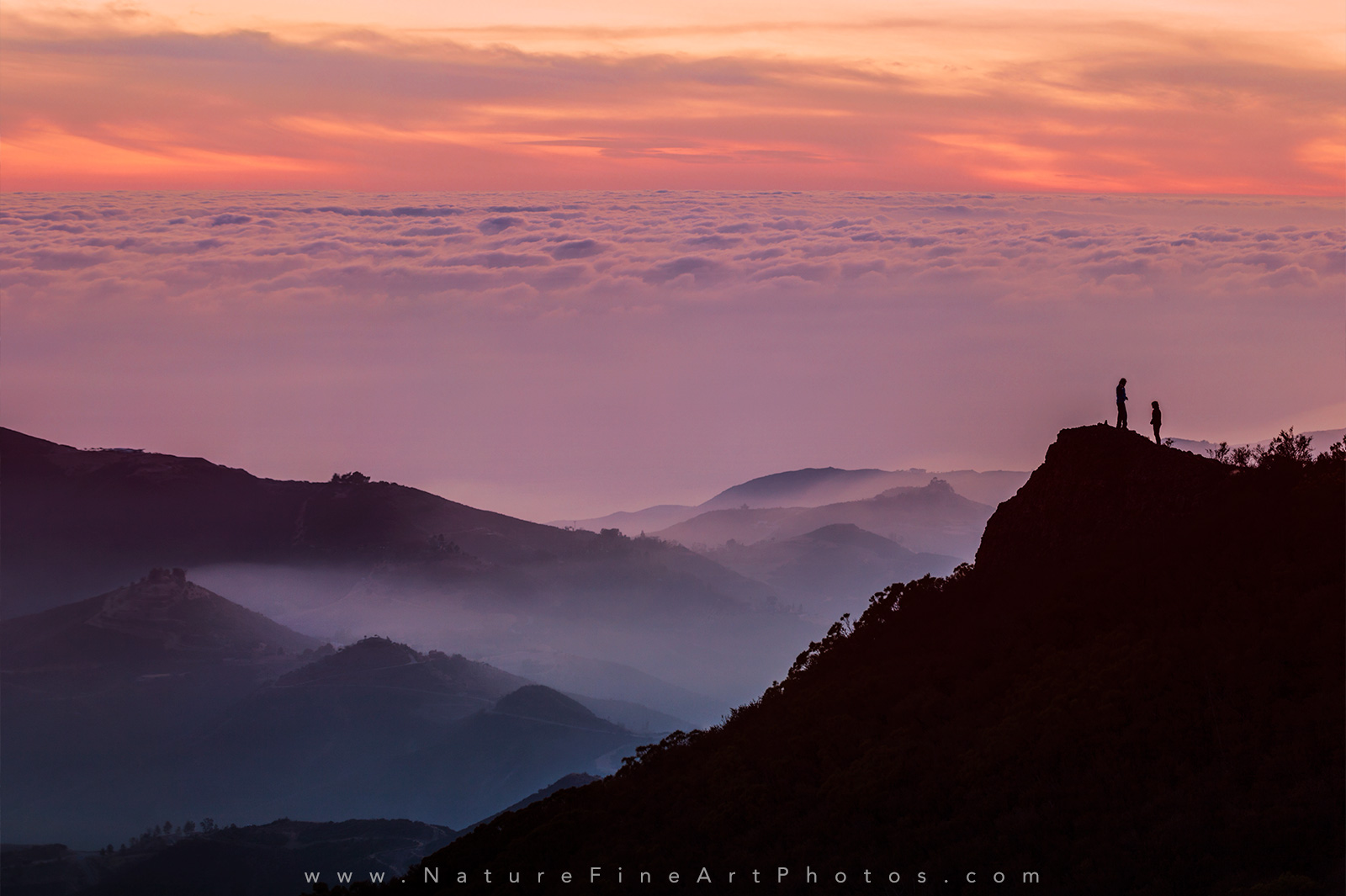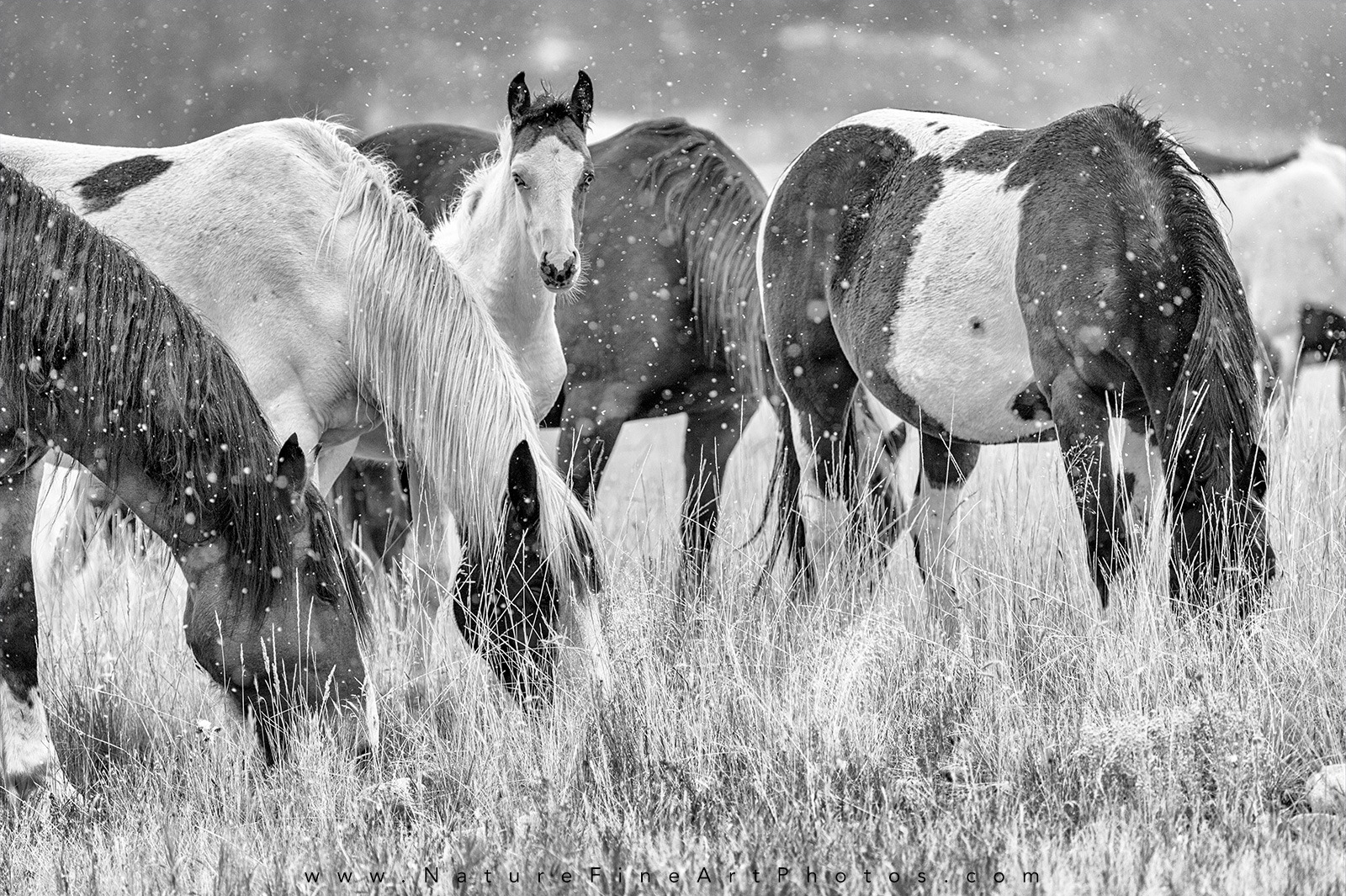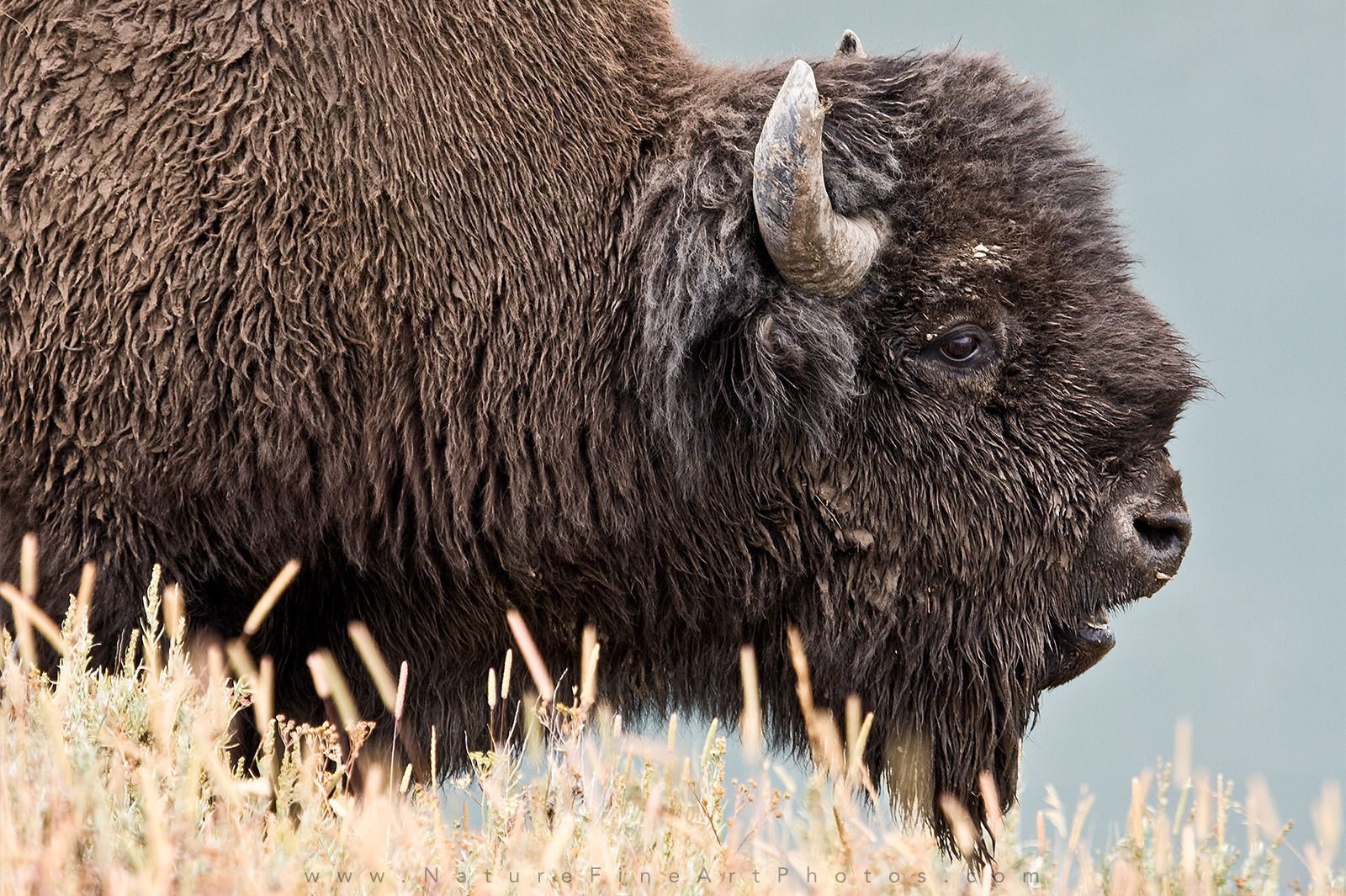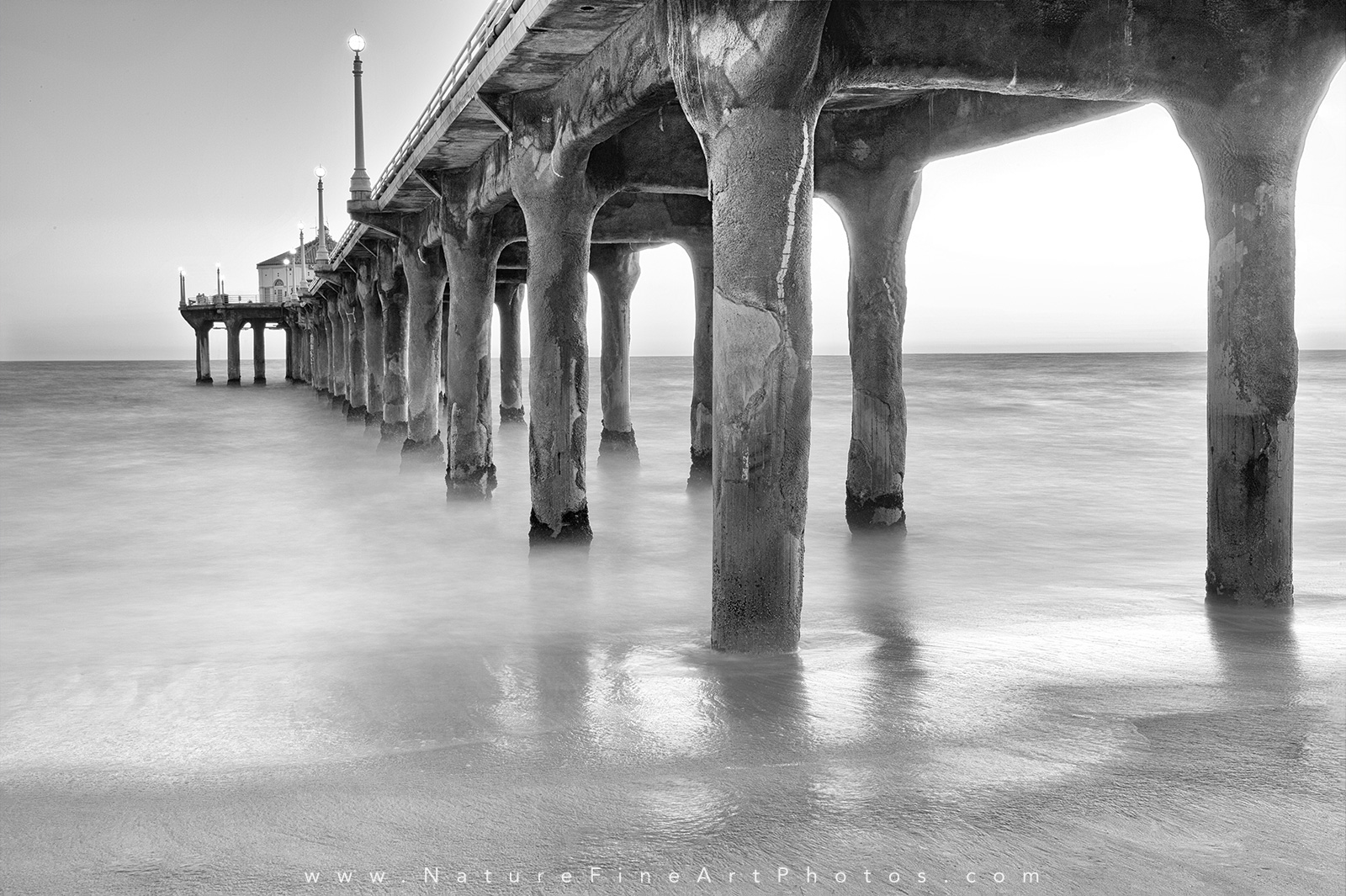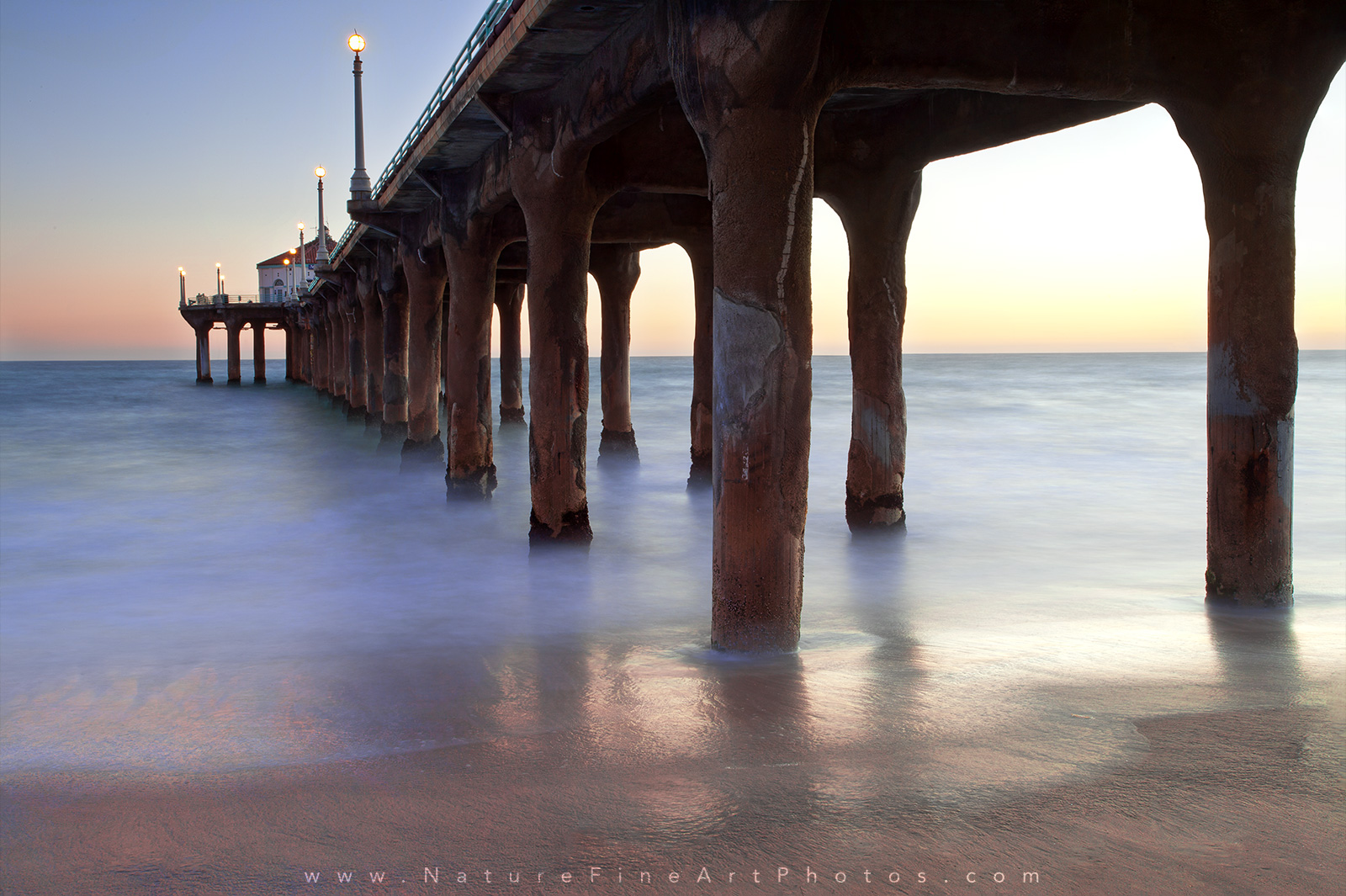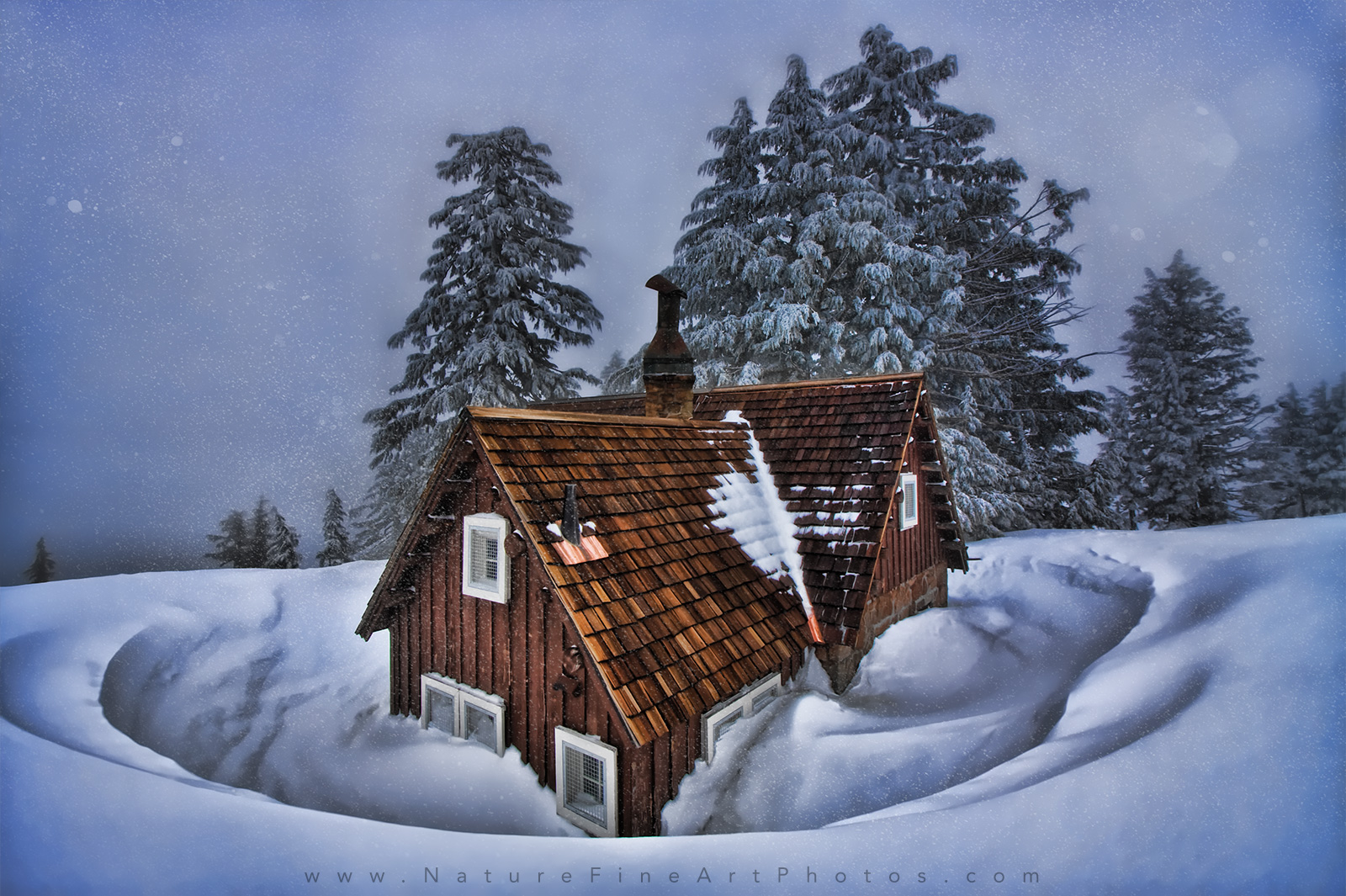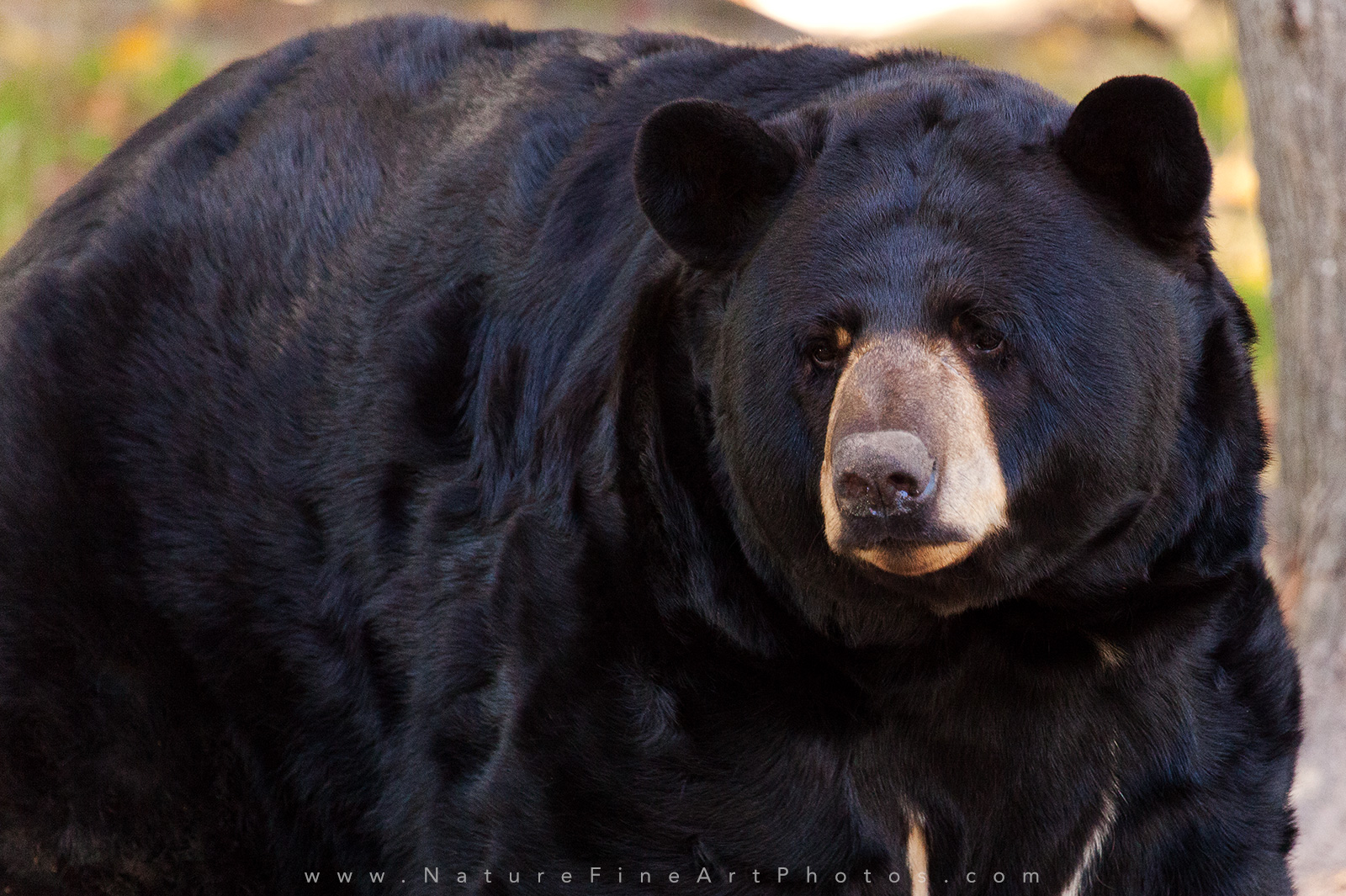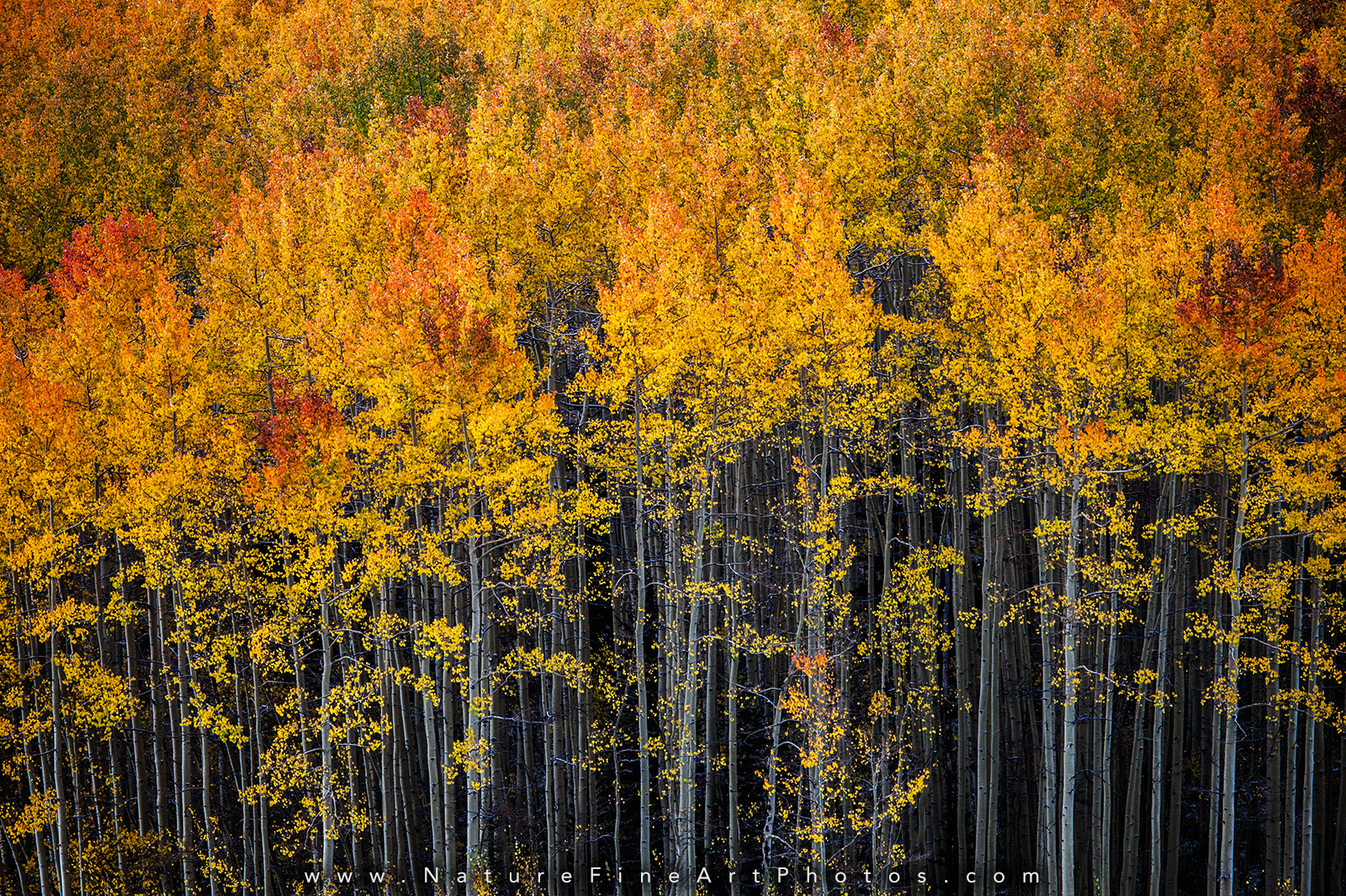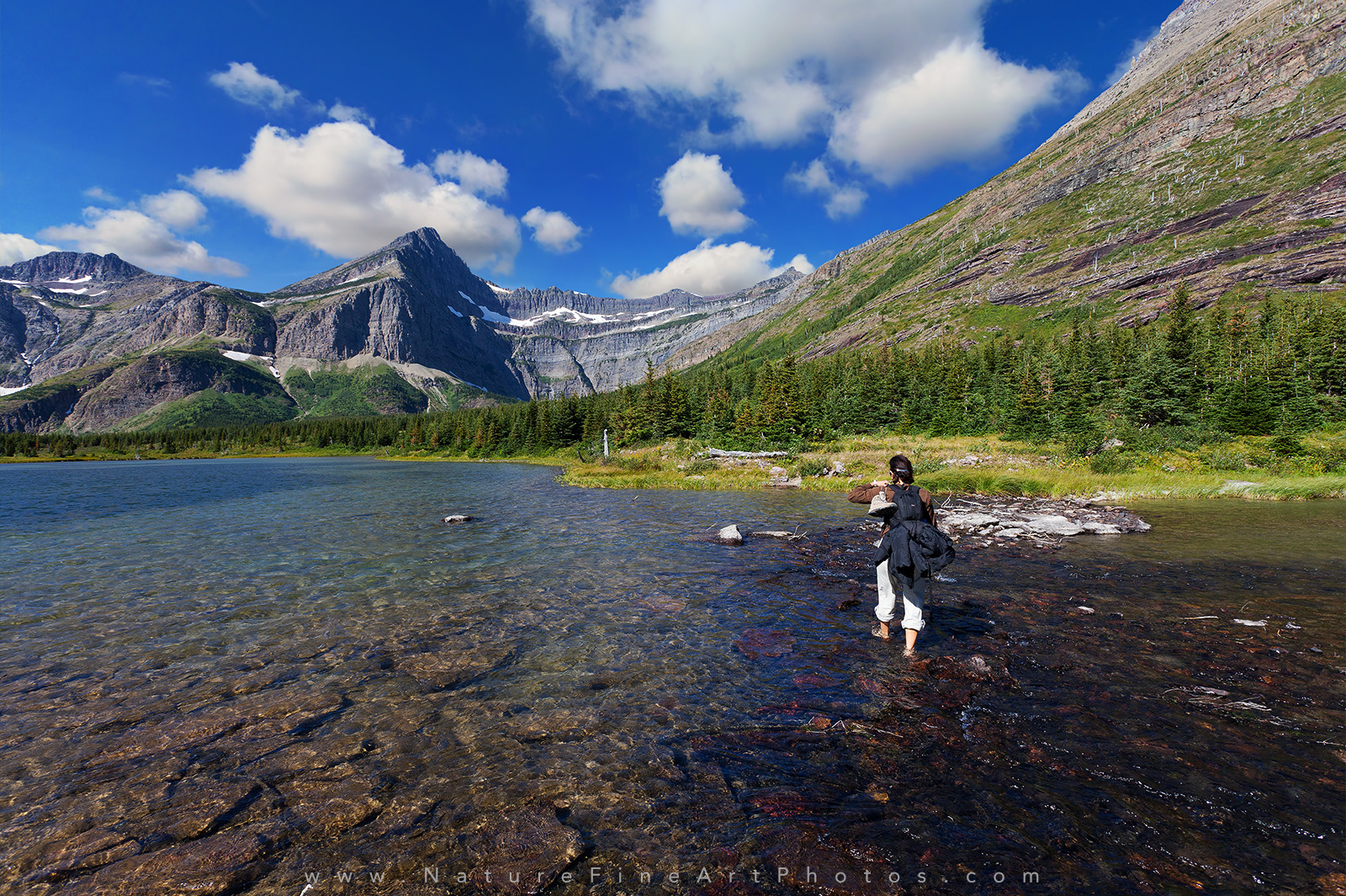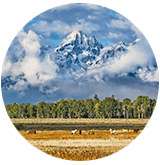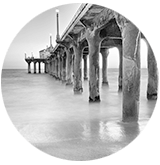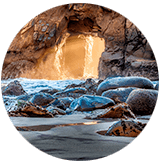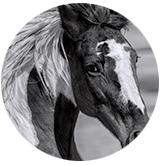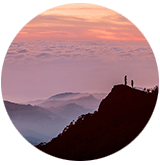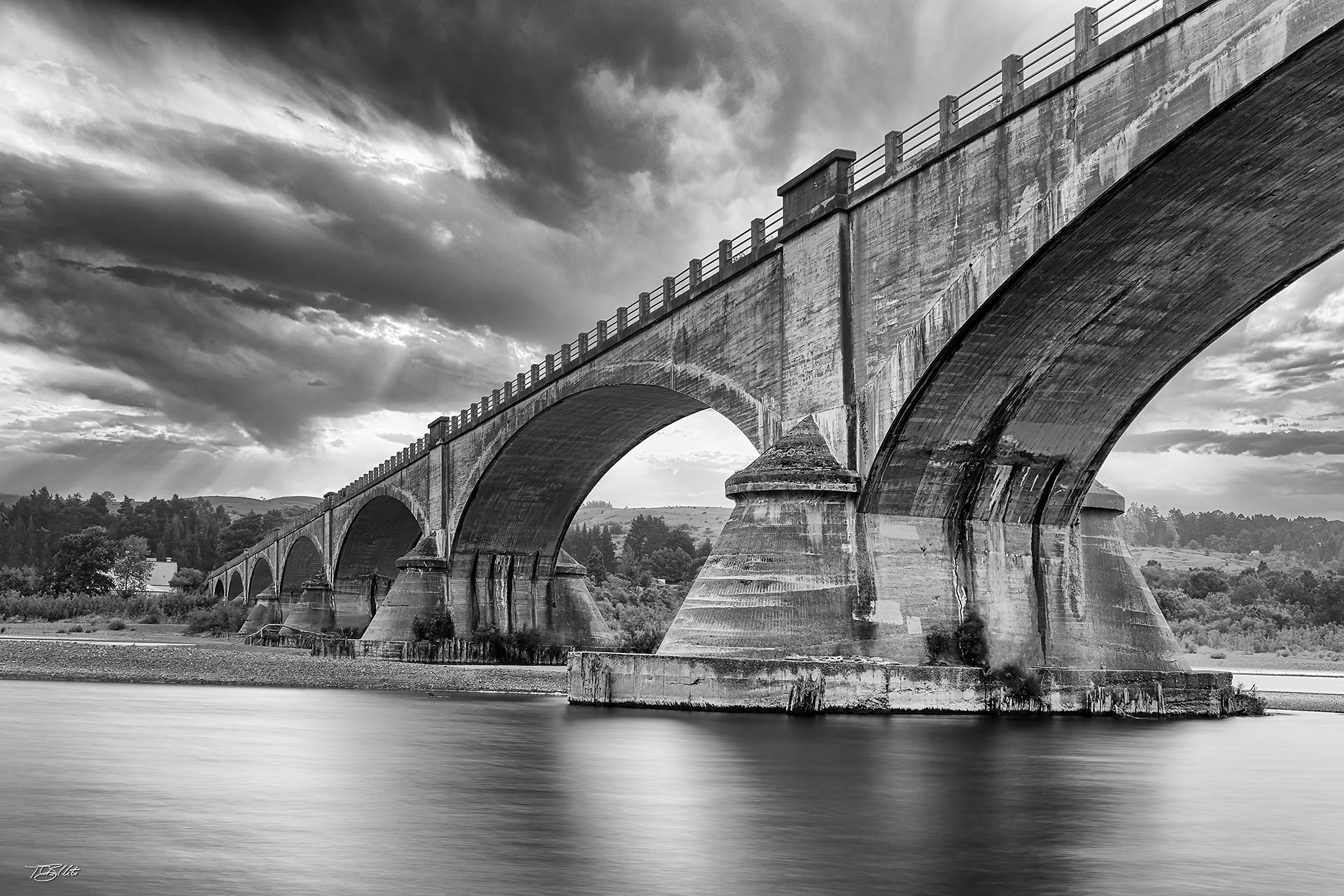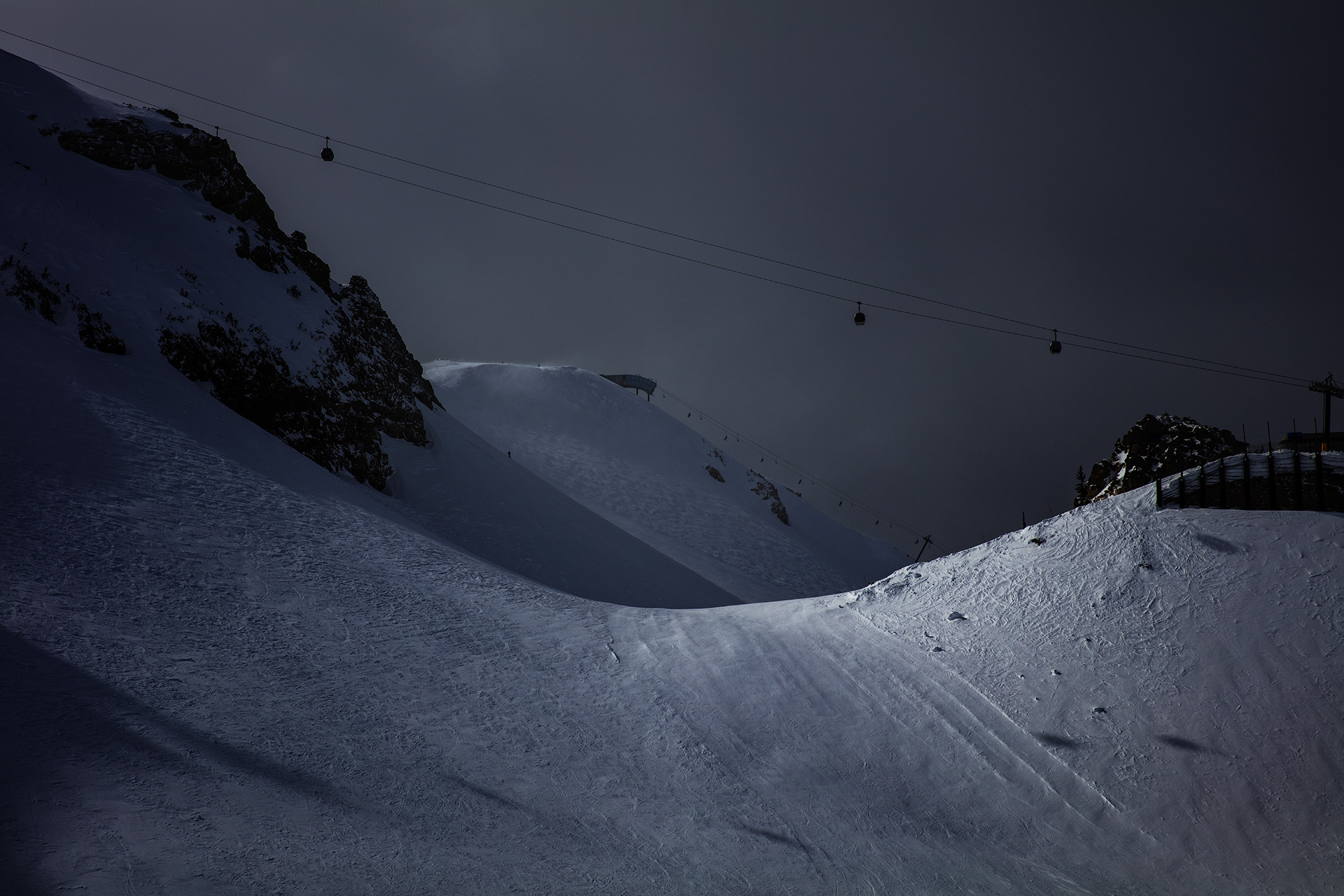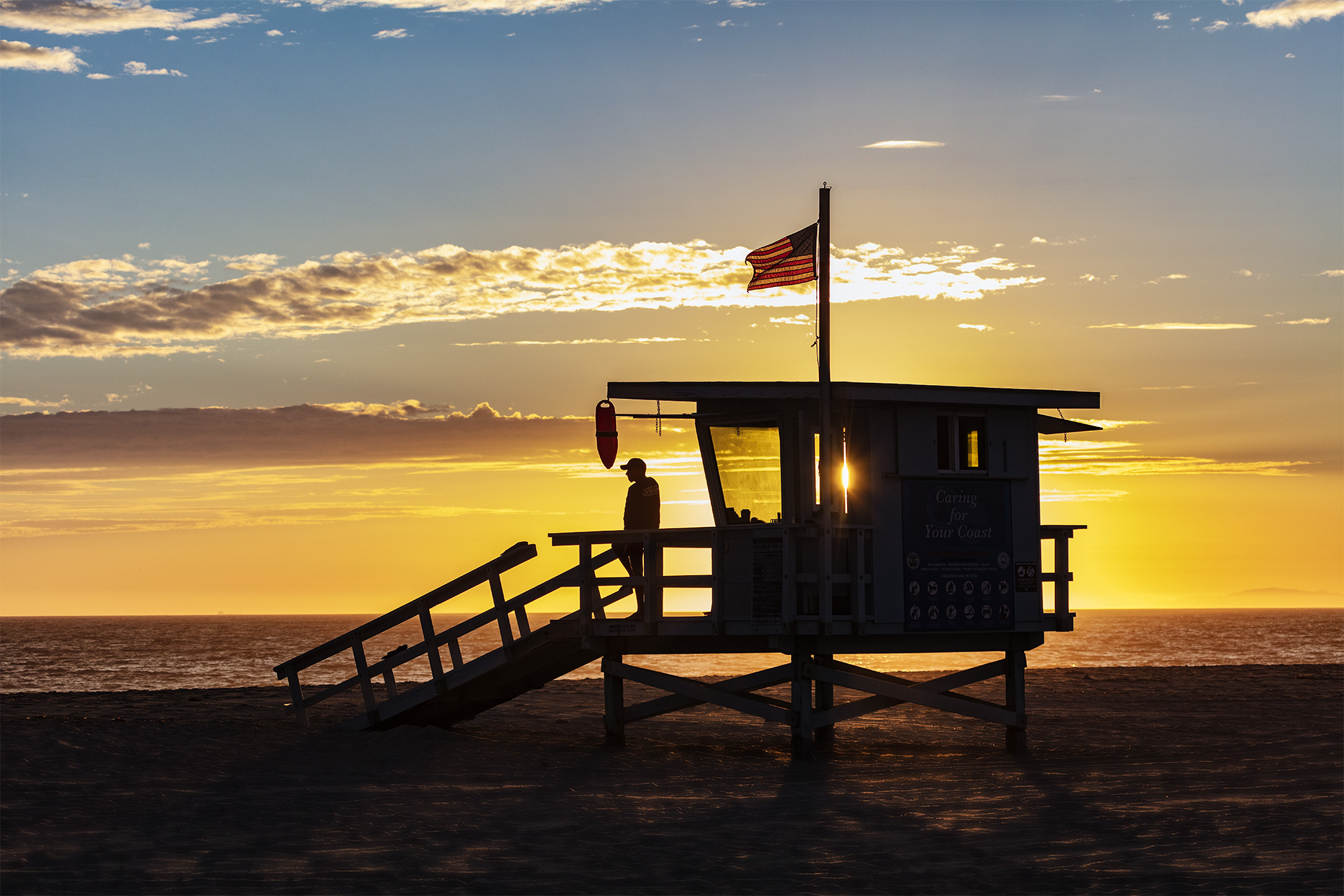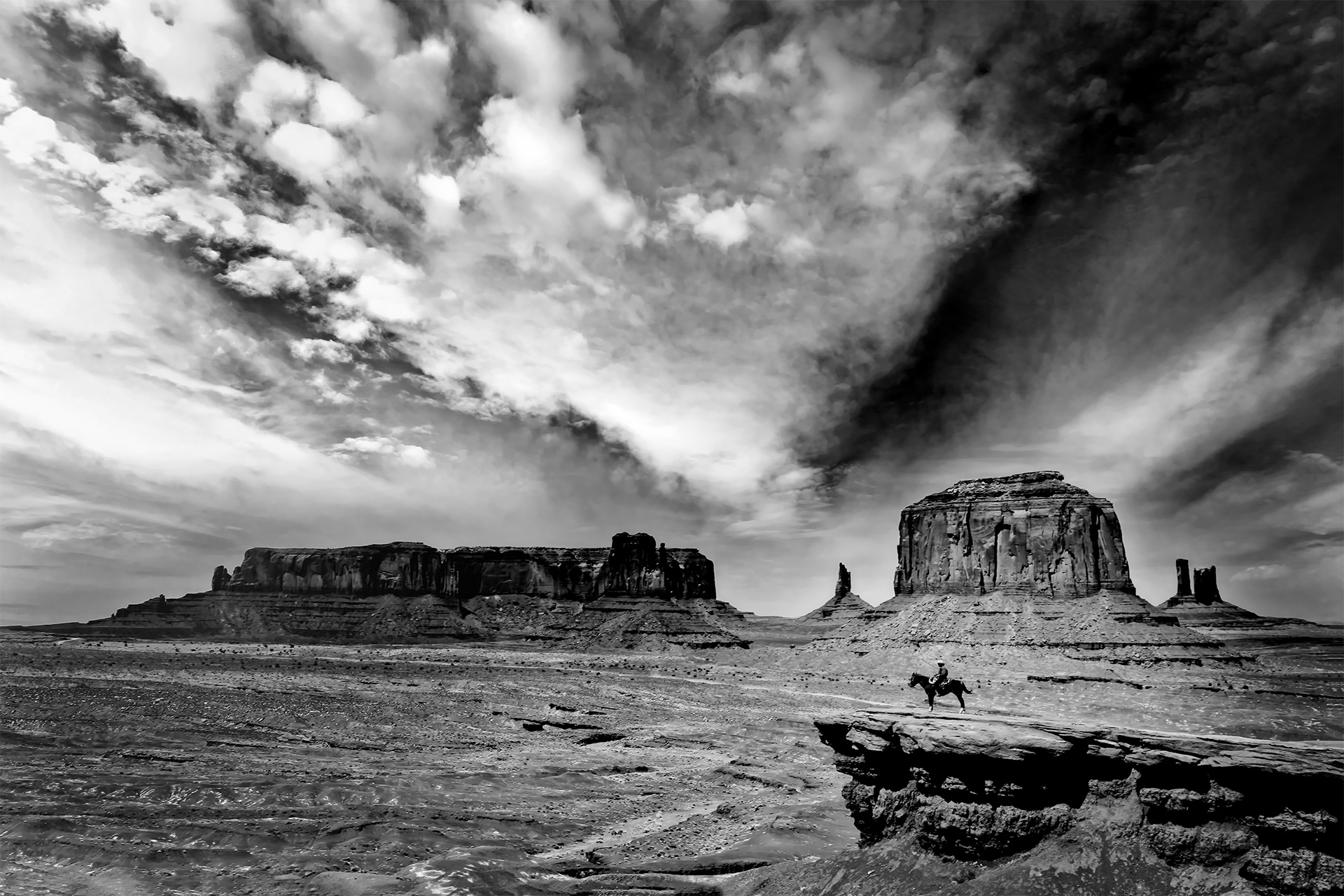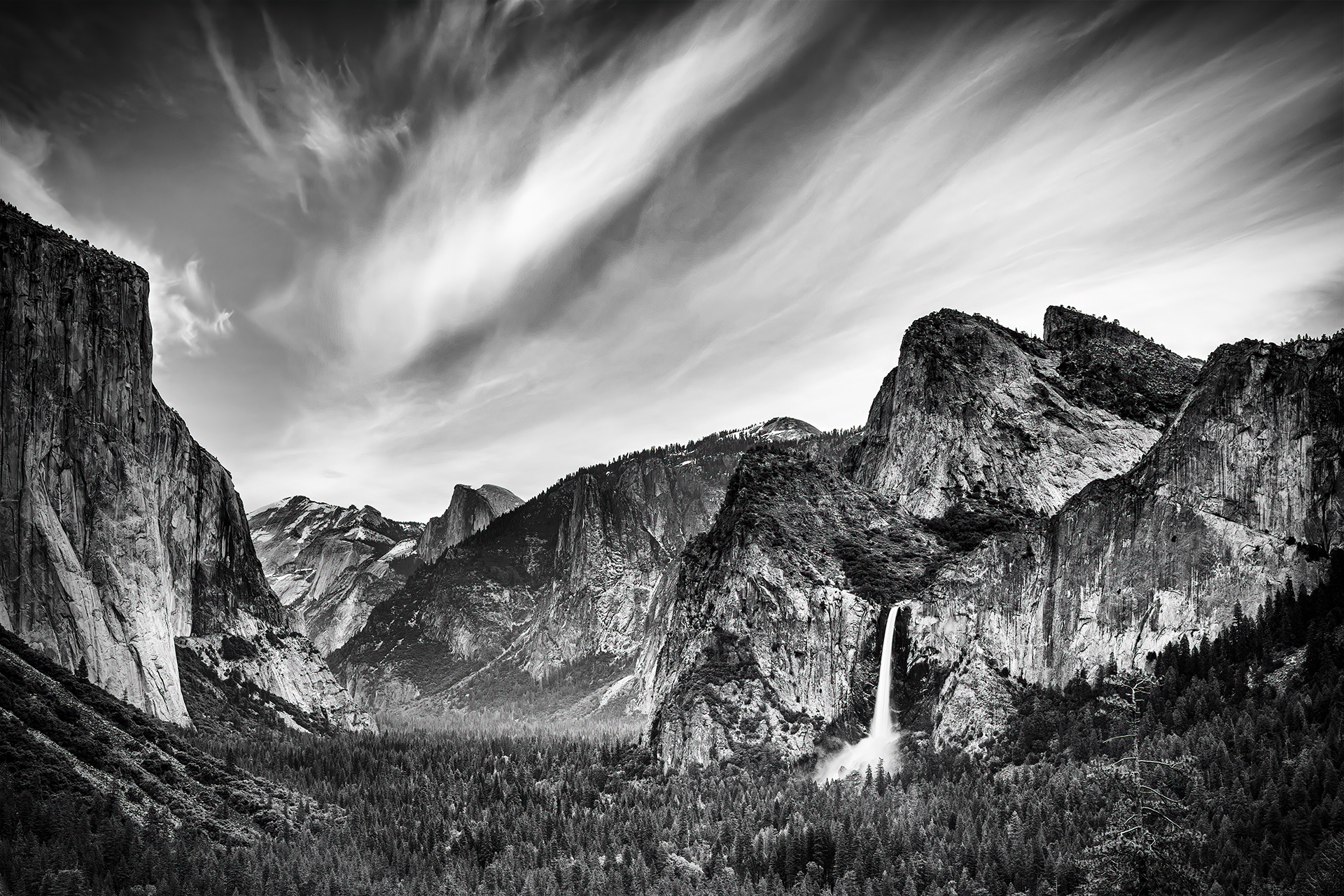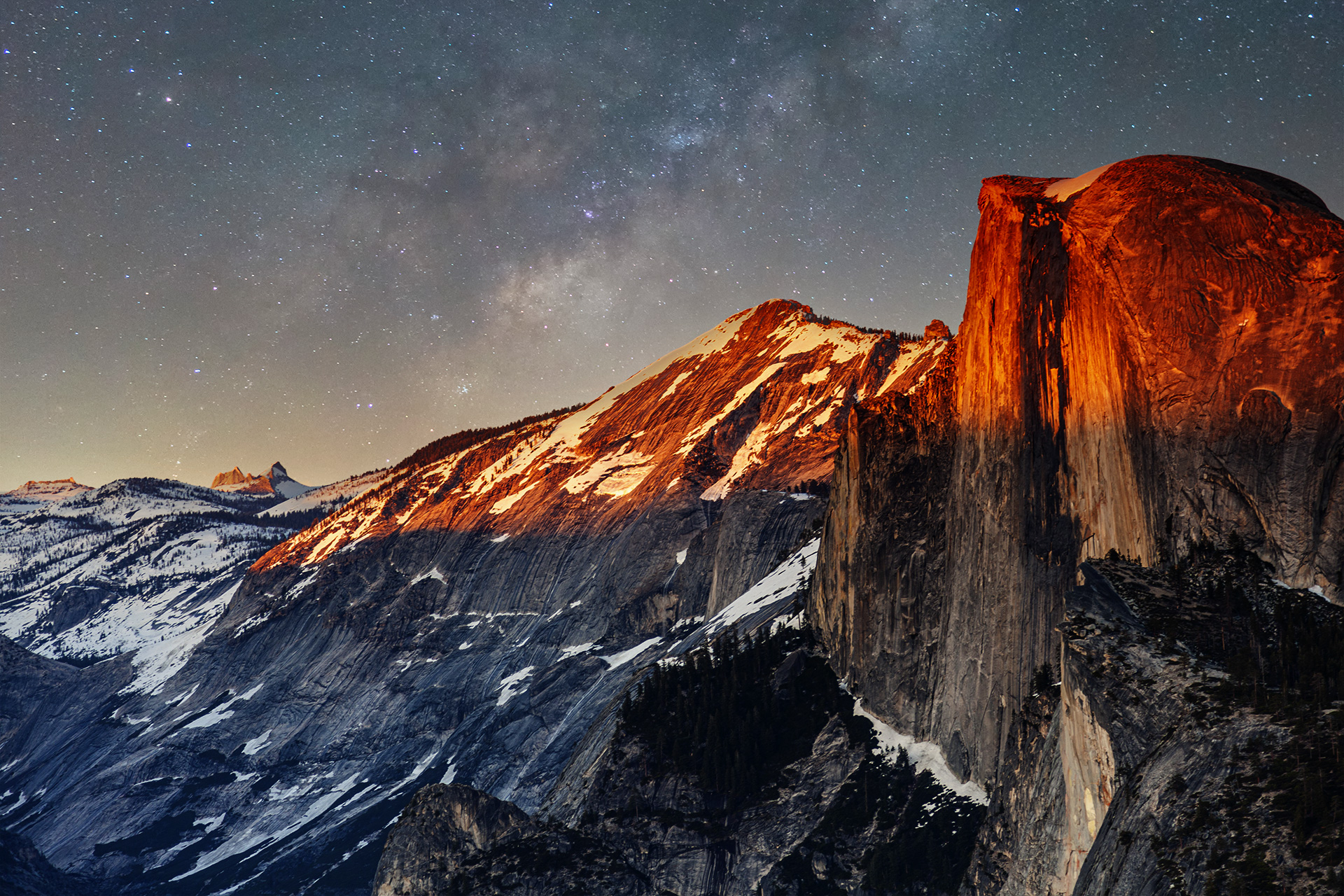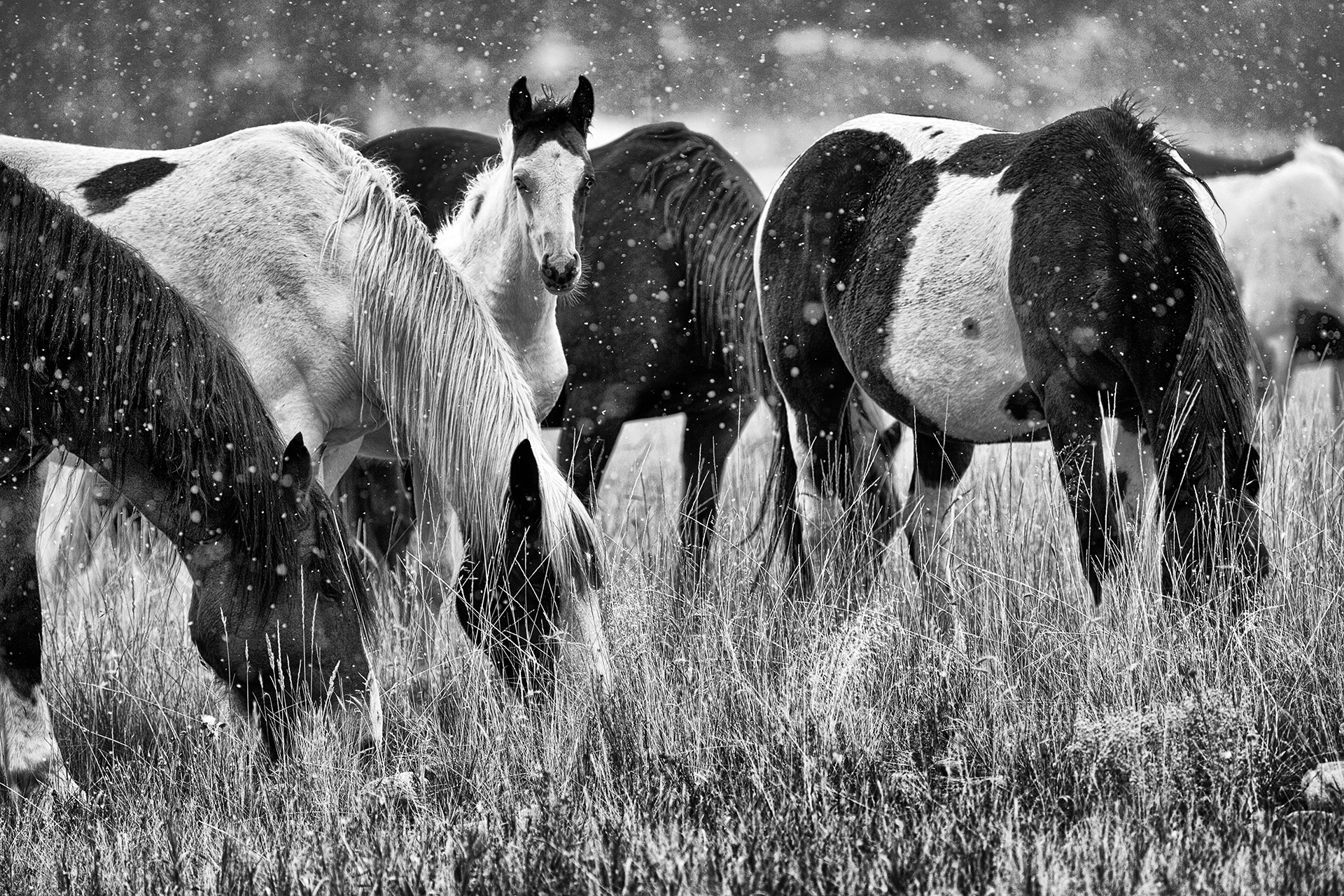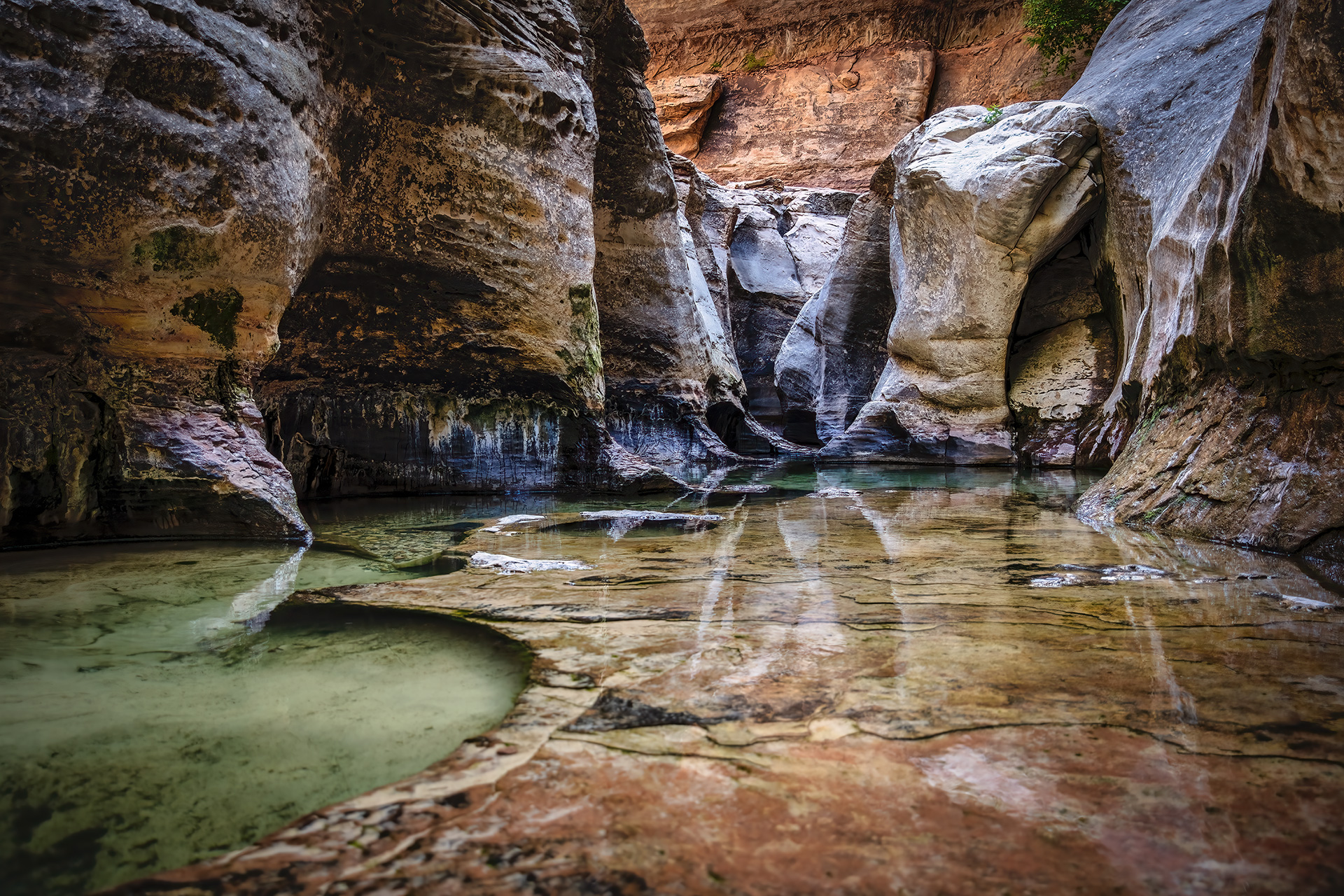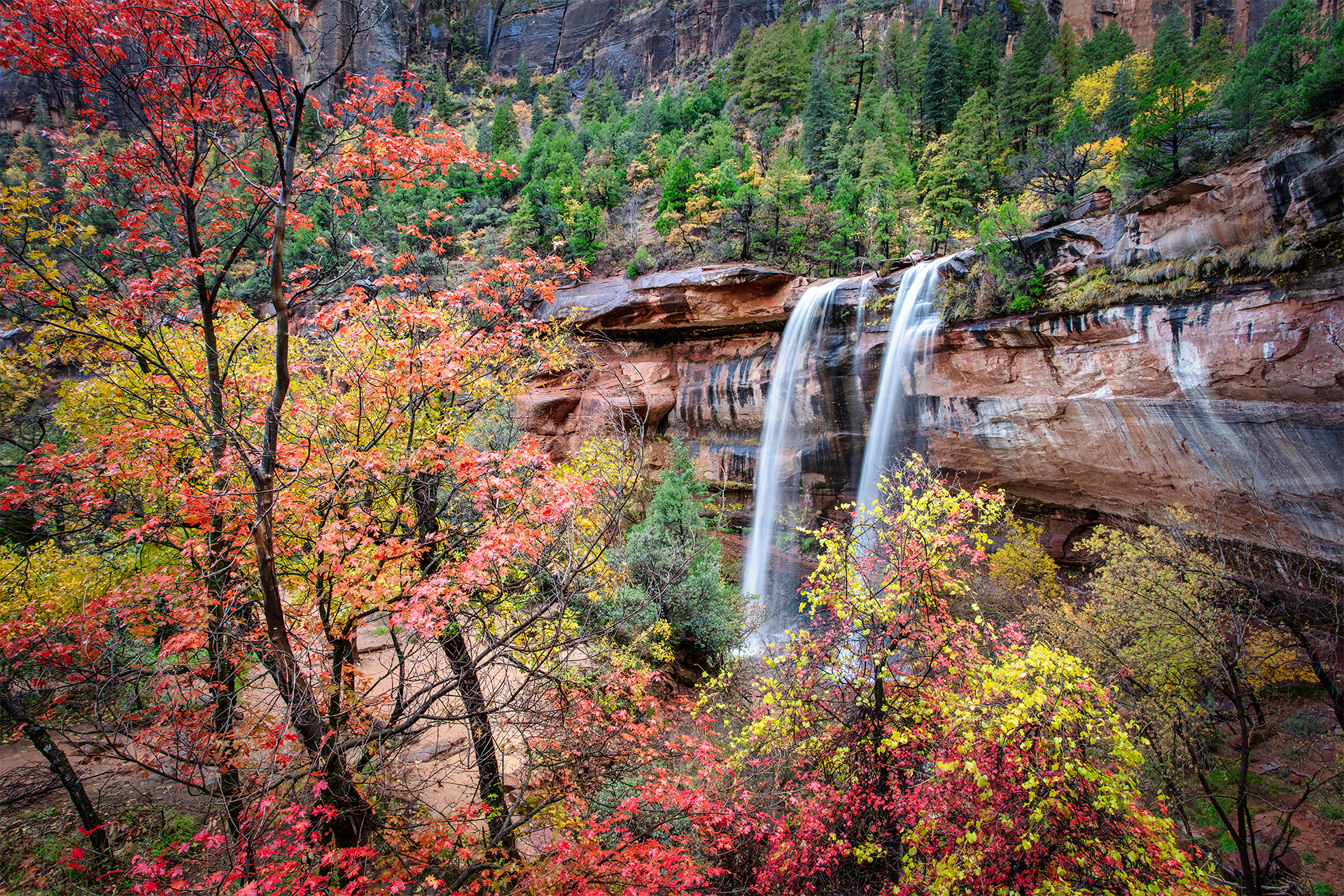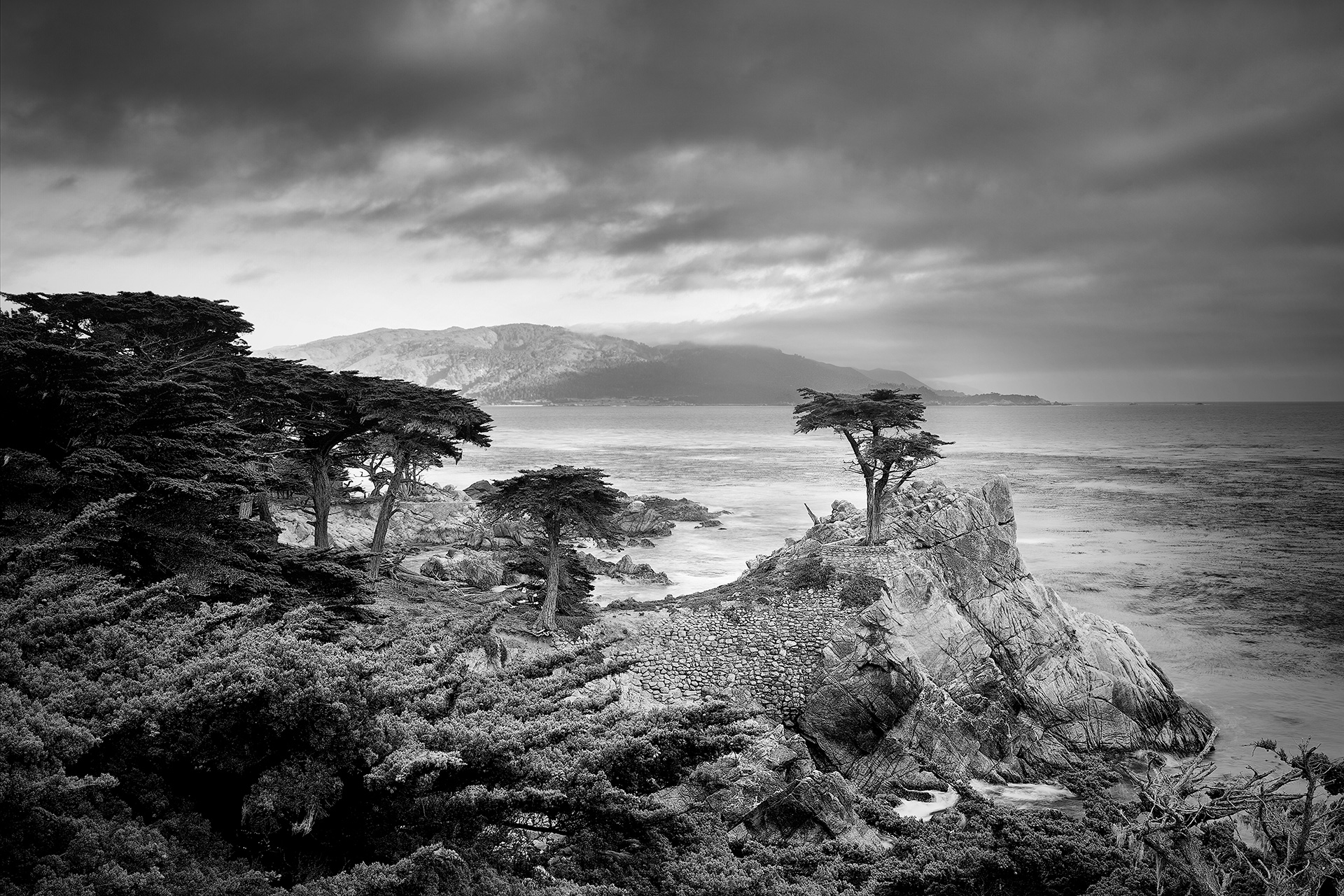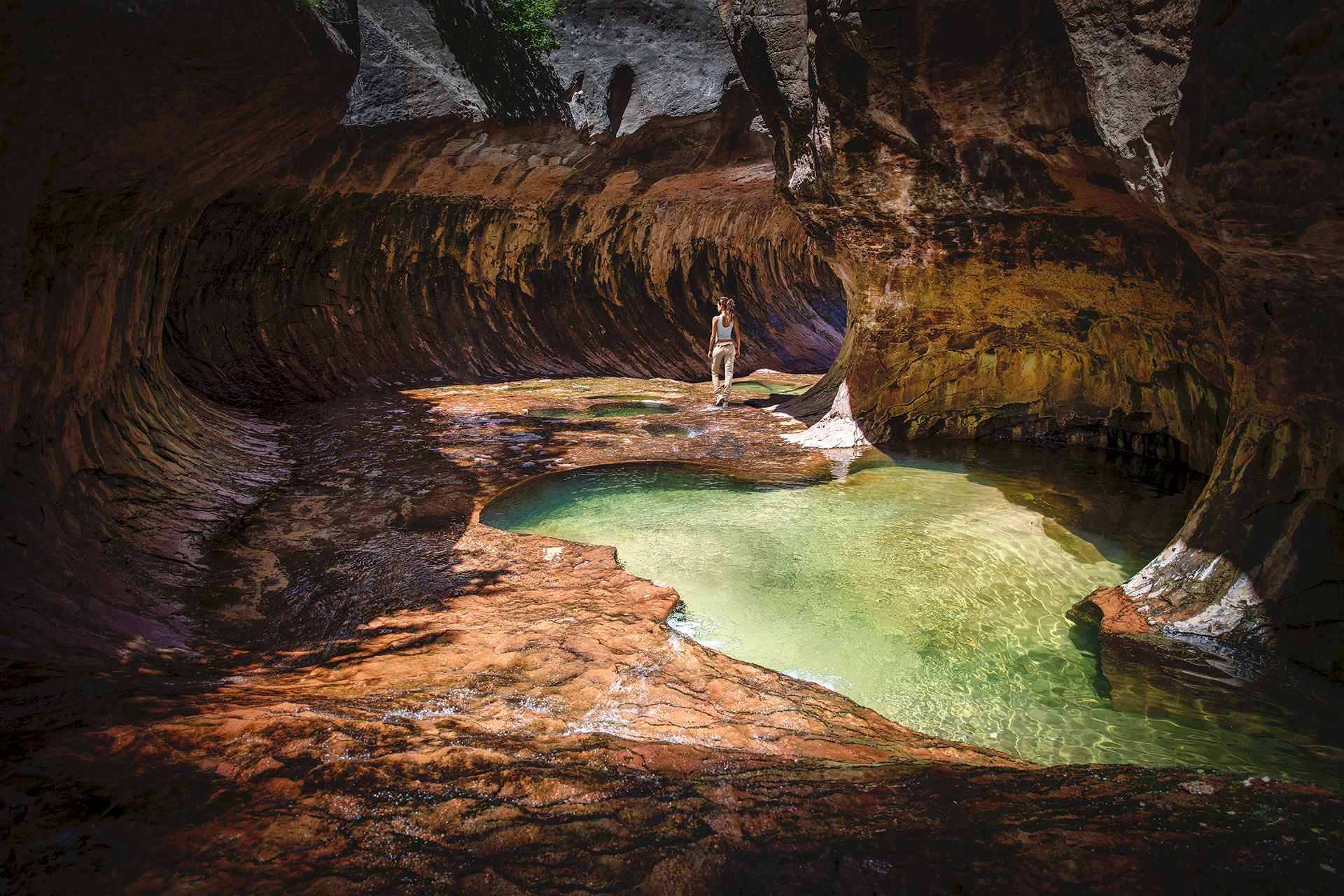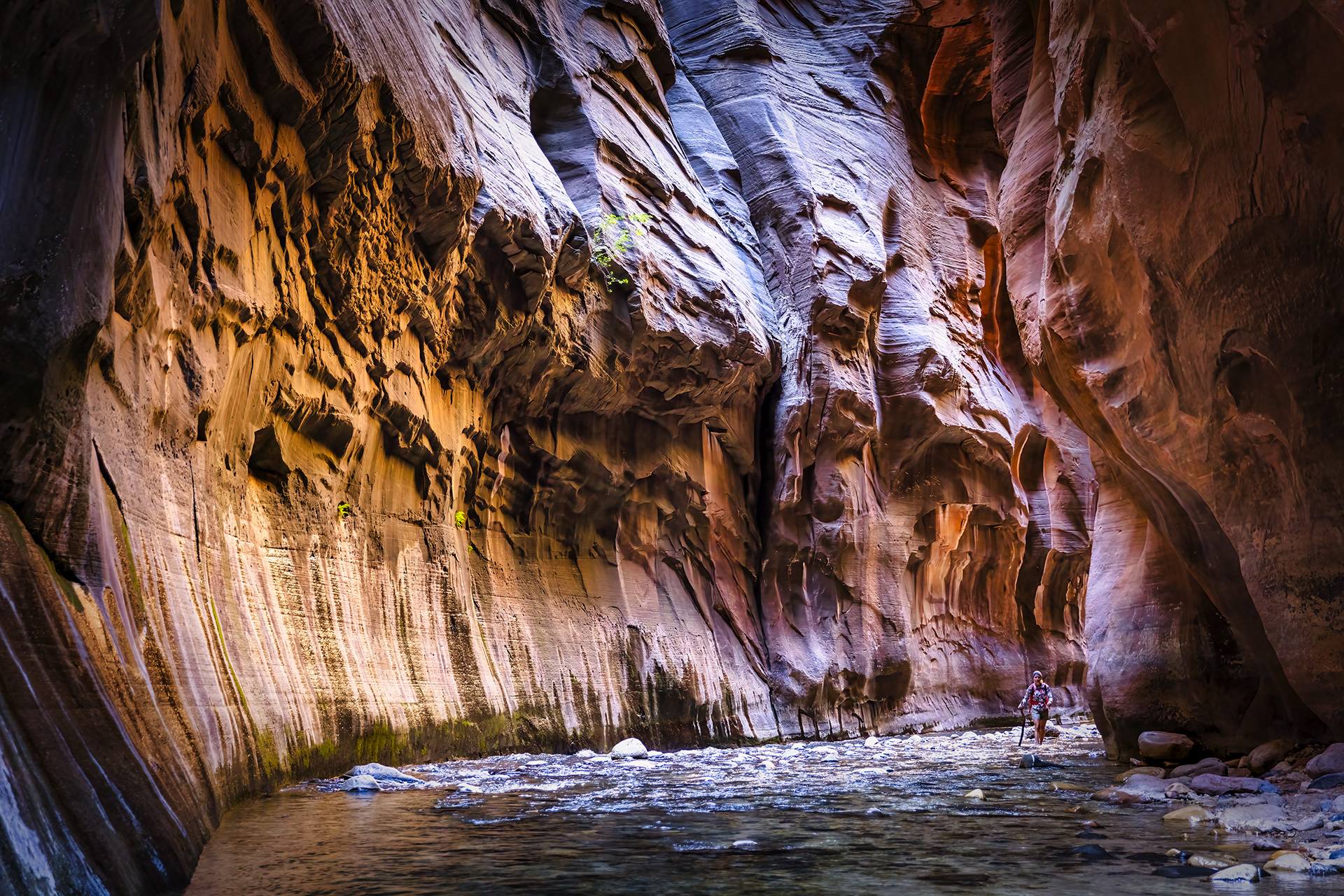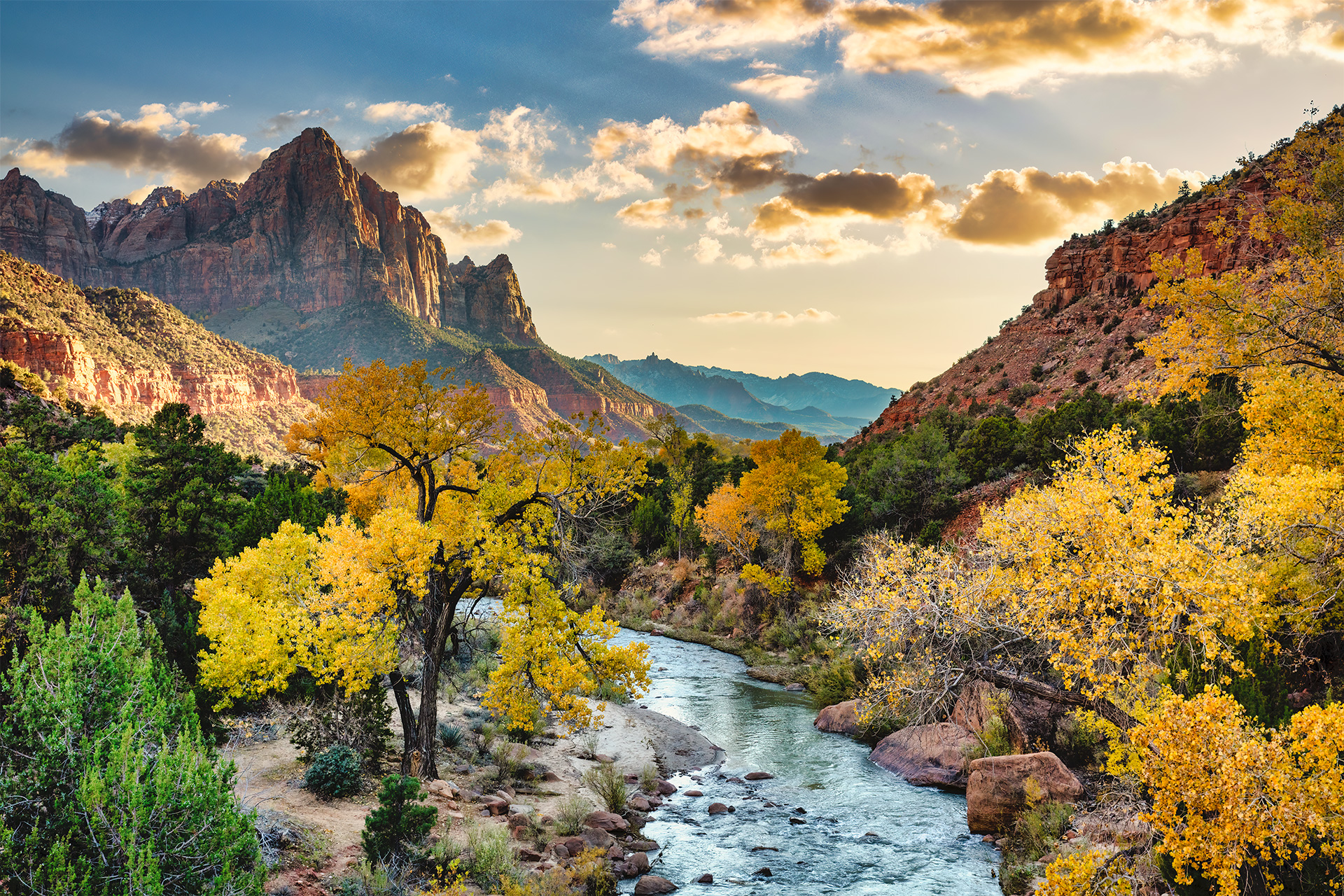NATURE INSIGHTS
“Climb the mountains and get their good tidings. Nature’s peace will flow into you as sunshine flows into trees. The winds will blow their own freshness into you, and the storms their energy, while cares will drop off like autumn leaves.”
– John Muir
“The purpose of life is to live it, to taste experience to the utmost, to reach out eagerly and without fear for newer and richer experience.”
– Eleanor Roosevelt
The first thing to consider is light, magic hour light. The majority of my top nature photos are taken during the magic hour. This is the time around sunrise or sunset. The low sun creates dramatic light and shadows and enhances the visual of most photos. Many times this majestic light creates brightness and contrast, viewers drawn to contrasting elements – a dark subject surrounded by a bright sky.
The next item to consider is the visual balance of a photo, the composition. Many people follow the rule of thirds, but keep in mind there are no rules in photography. It is art and sometimes breaking rules will yield better results. I always consider the rule of thirds, but I also evaluate the visual balance, regardless of thirds. A balanced nature photo keeps the viewer at ease, allowing them to admire the image.
Another consideration of a top nature photo is to have a focal point. What is the subject of the photo? Most top photos will have a point of interest, something to draw the viewer into the photo. Photos don’t always need a focal point, but it is definitely a consideration.
Leading lines can also enhance a nature photo. These lines create a visual flow, drawing interest, guiding the user into the story of the photo, ideally pointing to a focal point. Leading lines create depth and if you can have it run into a focal point, then you have a top story.
Perspective and scale add depth to a photo. If you position a person or object into a nature photo, it gives the viewer perspective. It allows the user to be able to associate with a top nature photo.

